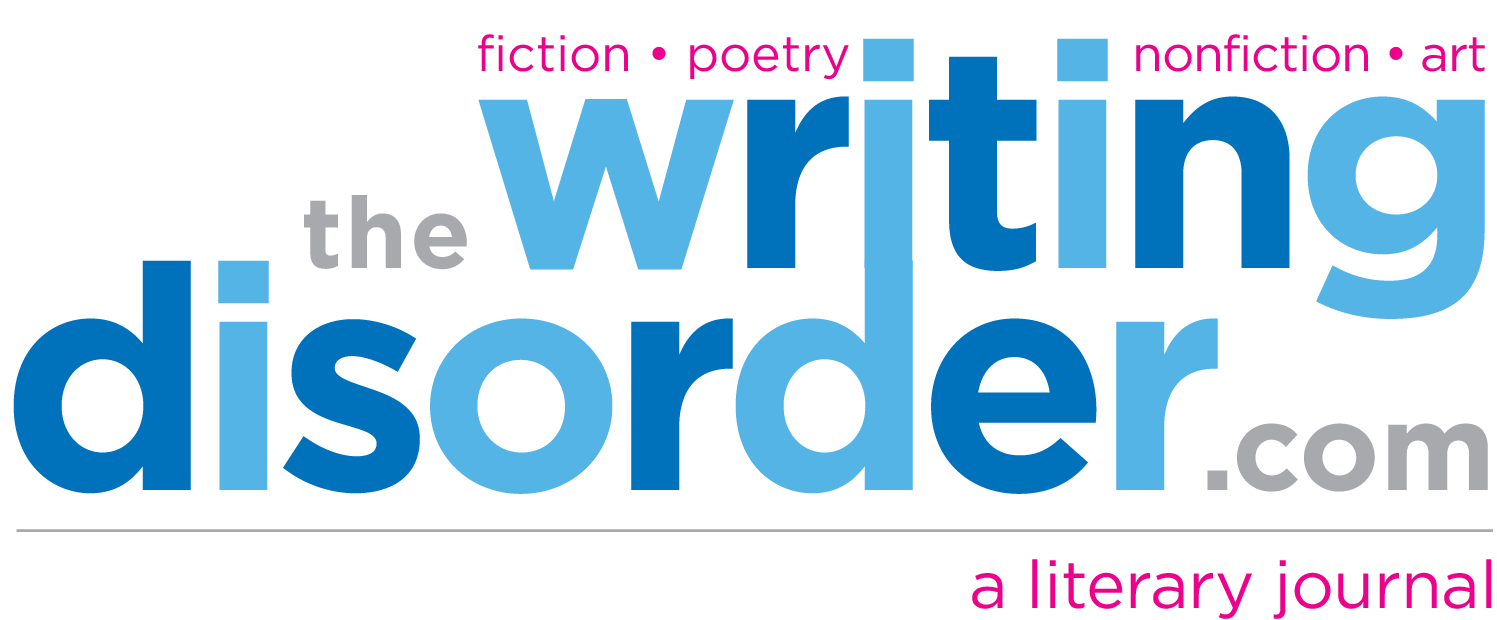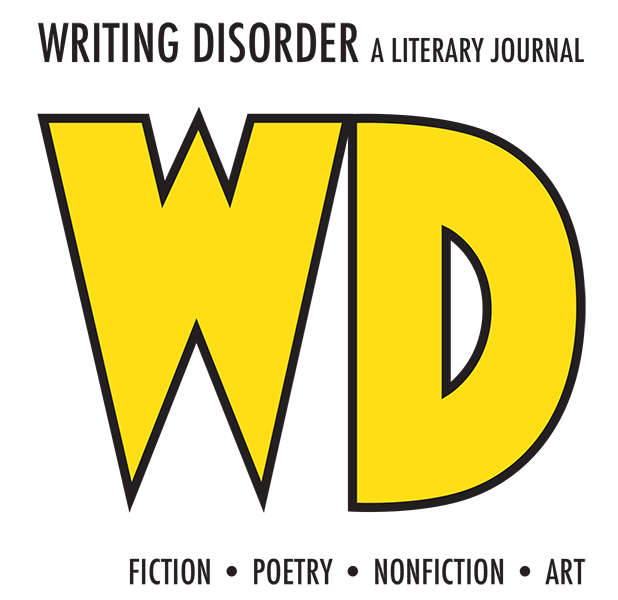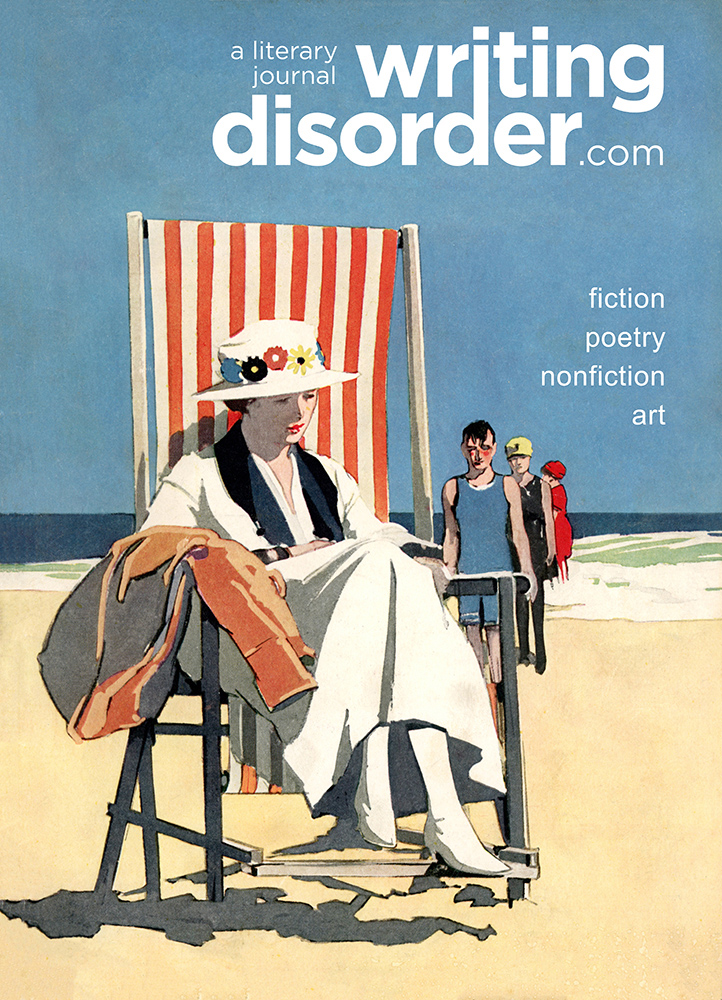NaNoWriMo – What Is It and Will It Eat Me?
by Sarah Parris
To most people November is a simple month, a lull between Halloween and Christmas where you get a week to eat turkey and be merry. To elementary students it’s the time of year to learn about the pilgrims and the Indians, and Christopher Columbus. To me it’s time to write a novel. National Novel Writing Month is a yearly event that thousands of people across the world participate in annually. The rules are simple. You have the thirty days of November to write 50,000 words, and all 50K must be written within the month.
To many this sounds crazy. I agree. To write over 10,000 words each week? Near impossible! Except that I have done it twice now, and look forward to it again next year. Why, you may ask. Why would I put myself through this? The answer is more complicated than you might think. That I love to write should be a given, but it’s not just about that. There’s something exhilarating about the mad dash, the craziness to get it done, the desperation to reach the goal, the endless nights of typing away when the rest of the world has long fallen asleep. I imagine it’s like running a marathon. You go and go and go, and when you finish it’s like you’re standing on top of the world. Plus, there’s the undeniable satisfaction of having a fat stack of paper by the end that you can mold into a story.
There are two types of writers when it comes to NaNo – the plotters and the pantsers. Plotters, like myself, spend the weeks leading up to November plotting out our stories, planning the characters and their backgrounds, charting maps of their worlds and figuring out how characters will get from Point A to Point B. This is well within the rules, as long as none of the story is actually written until November begins.
Pantsers, on the other hand, go into their stories blind and figure it out on the way, writing by the seats of their pants – hence the name. They trust their characters to lead them into the unknown and to find their way out again. They come up with the map and the history as they need it. This type of writing offers its own kind of excitement for the writer, and is well-suited to those who appreciate the flavor of spontaneity in their writing.
But no matter if you’re a plotter or a pantser, your goal is the same – write, and write quickly. NaNoWriMo is designed such that the writer is forced to slam out a story before she has time to think about it too hard. Creativity’s worst enemy is the writer’s inner-editor – that voice in the back of the mind that questions and criticizes everything, analyzes a story to death even before it’s born. The constant demand of NaNo to keep an eye on the outrageous word count goal presents writers with an opportunity to not only find out what they’re made of, but to hash out their raw ideas before they have time to quash them. Only after the month is over is the inner-editor released from whatever cell it was thrust into on November first, and once again allowed to clean up the typos, order chapters chronologically, and run continuity checks on characters and plot holes.
In fact, so much is done during NaNo to try and get that little editor out of the writer’s head that there are mini games and challenges that force the writer to expel it from thought. The NaNo community all but depends on these when the going gets tough, and writers in need can always find each other on the NaNoWriMo site when they need motivation or a writing buddy.
Word wars are mini-challenges that a writer takes against herself or others that encourage her to write as fast as possible without stopping to question her thoughts. In a word war the writer sets a timer for however long she likes (my favorite is ten minutes), and within that time writes as many words as she can possibly slam onto paper. If two or more are playing, the person with the most words wins. This almost guarantees that there will be typos, so much so that the five-minute word war has been universally dubbed the “Fifty-Headed Hydra” among the NaNo community. The nick-name was born when one writer’s five-minute word war yielded only three correctly spelled words; fifty, headed, and hydra.
Sprints are a variation on this theme wherein the writer is challenged to sprint to the nearest thousand words of their document in as short a time as possible. For example, if my document were sitting at 32,500 words, I would have to write 500 more words to make it to 33,000. Obviously, these can be more or less difficult depending on the last three digits of a manuscript’s word count. Blessed be the writers sitting at 32,997 at the beginning of a sprint.
Another strategy for those who fall behind in their writing is the dreaded 10K Day, a tactic I have had to employ a couple of times. The name is self-explanatory. The writer undergoing this challenge must write 10,000 words by the end of the day. I have only completed it once, the first time drawing close with about 9,000 words. I have heard tell of writers who have topped 15K in a single day. I salute them, and also wonder what kind of bionic fingers they have traded for their human ones.
Often when I talk about NaNo to others I’m met with awe and incredulousness. Several people have told me they simply wouldn’t be able to think of something to write 50,000 words about. To them I say I used to think the same thing. When my friend asked me to do it with her the first time I truly wondered if I would be able to make it to the end. What kind of story could I produce that deserved that many words? What could be worth that much of my time, that much devotion? But as I wrote, I discovered that my story came alive under my fingertips.
I had started the month with a rough idea of my story and the world it was set in. I had written other stories in this fantasy world for years and had a good idea of how the world worked. My characters were more of a mystery. I had my protagonist, a young girl of twelve years, a man, aged twenty-seven, both born with magic in a world where it does not come often to humans, and general of the goblin army. How were they connected? How would they meet? How would this story affect the overarching story of my world? I didn’t know, and I couldn’t know until I plunged in blindly. I only allowed myself one question – ‘what if?’ What if the goblin general were holding the girl’s mother as a prisoner of war? What if the girl set out on a mission to find her? What if the young man joined her along the way?
As I continued to write, thoughts came flying into my head that I couldn’t explain. I suddenly knew why my young protagonist thought her mother was in the goblin country, why the pixies in the southern forest were so angry all the time, why the goblin wars had gone on for so long, and exactly how evil my evil queen was. The longer the month stretched on the more frantic I was to finish. So much so that I holed myself up in my bedroom for the entirety of Thanksgiving break, only emerging to eat. Meal times were the only moments my family saw me, so engaged was I in my characters and the world I had created. I believe that can happen to anyone who finds a story they truly want to tell. It doesn’t take someone special to complete NaNo. It takes passion and dedication.
There are other challenges similar to NaNo. One of them, Camp NaNo, is associated with NaNoWriMo. It is held every April and July. Unlike in the November NaNo, Camp NaNo participants set their own word count goals, as small or as large as they like. The only rule to winning is that you hit your mark.
For script-writers, there is a challenge called Script Frenzy. This used to be hosted by NaNoWriMo, but due to decline in interest they were forced to let it go. The challenge stands, however, for anyone who wishes to write 100 pages of script in a month.
National Poetry Month is in April, and so is National Poetry Writing Month for those who want to test their hand at writing a poem a day in April.
Short storyists have claimed May as National Short Story Month and for those who wish to try it there is a Story A Day challenge where participants write 31 stories within the month.
There are also monthly writing challenges available through many social media sites, such as the #500words page on Twitter where participants are encouraged to write 500 words a day and post their progress for their followers to see. This is meant to get writers in the habit of writing every day.
I think one of the appeals of these challenges is that they’re not limited only to writers. Everyone is welcome as long they have stories they want to write, or even if they want to challenge themselves to do something new. So whether you’re a new writer or an expert, keep the tradition going! Set those pens to paper and show the world what you’ve got!
BIO
 Sarah Parris lives in Missouri with her family. She is a recent graduate from Stephens College in Columbia, Missouri where she earned a BFA in Creative Writing in 2015. Her stories are typically set in fantasy realms and center around young female protagonists. She presented a short story at the national Sigma Tau Delta convention in Albuquerque in the spring of 2015.
Sarah Parris lives in Missouri with her family. She is a recent graduate from Stephens College in Columbia, Missouri where she earned a BFA in Creative Writing in 2015. Her stories are typically set in fantasy realms and center around young female protagonists. She presented a short story at the national Sigma Tau Delta convention in Albuquerque in the spring of 2015.


















